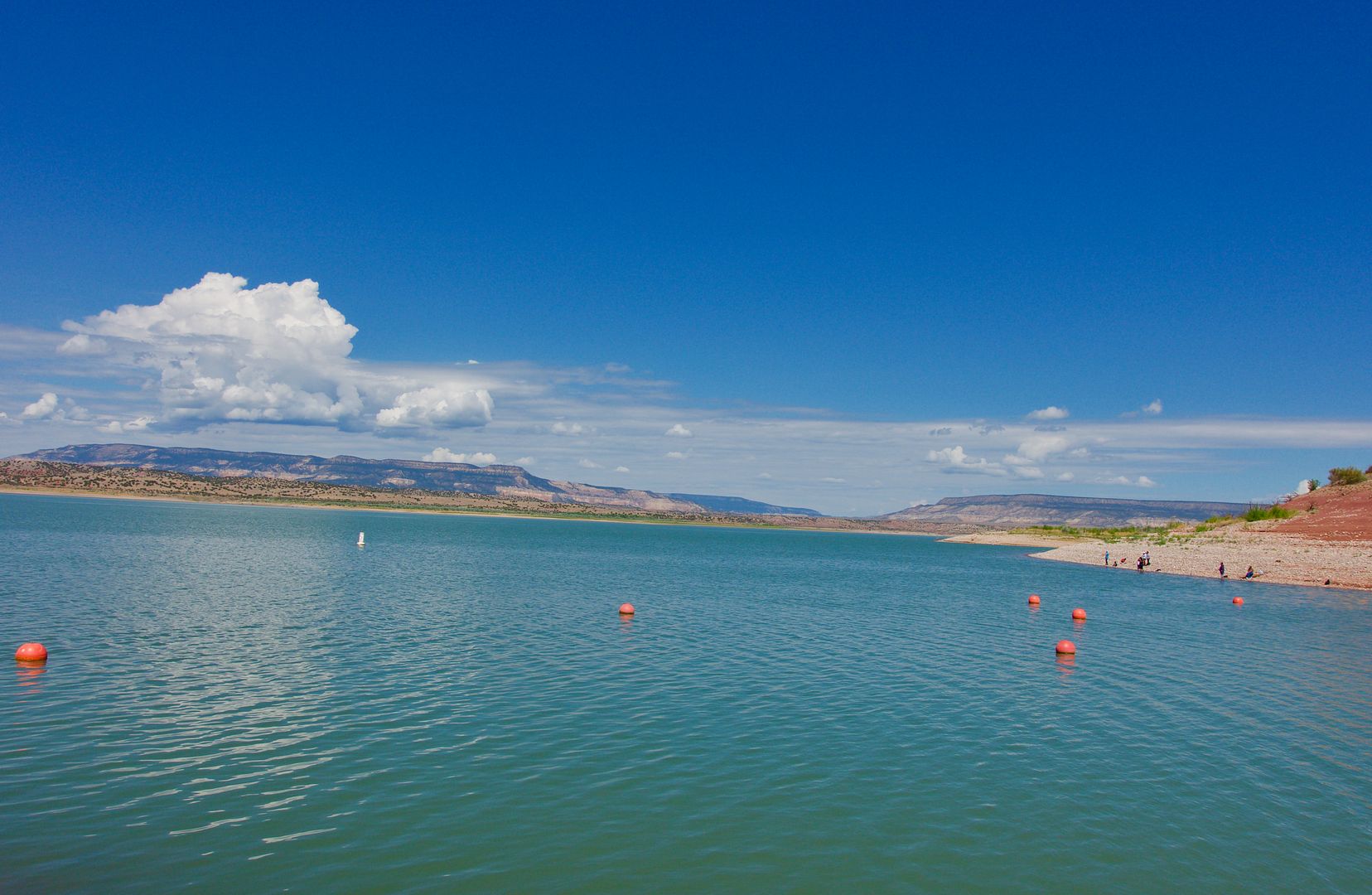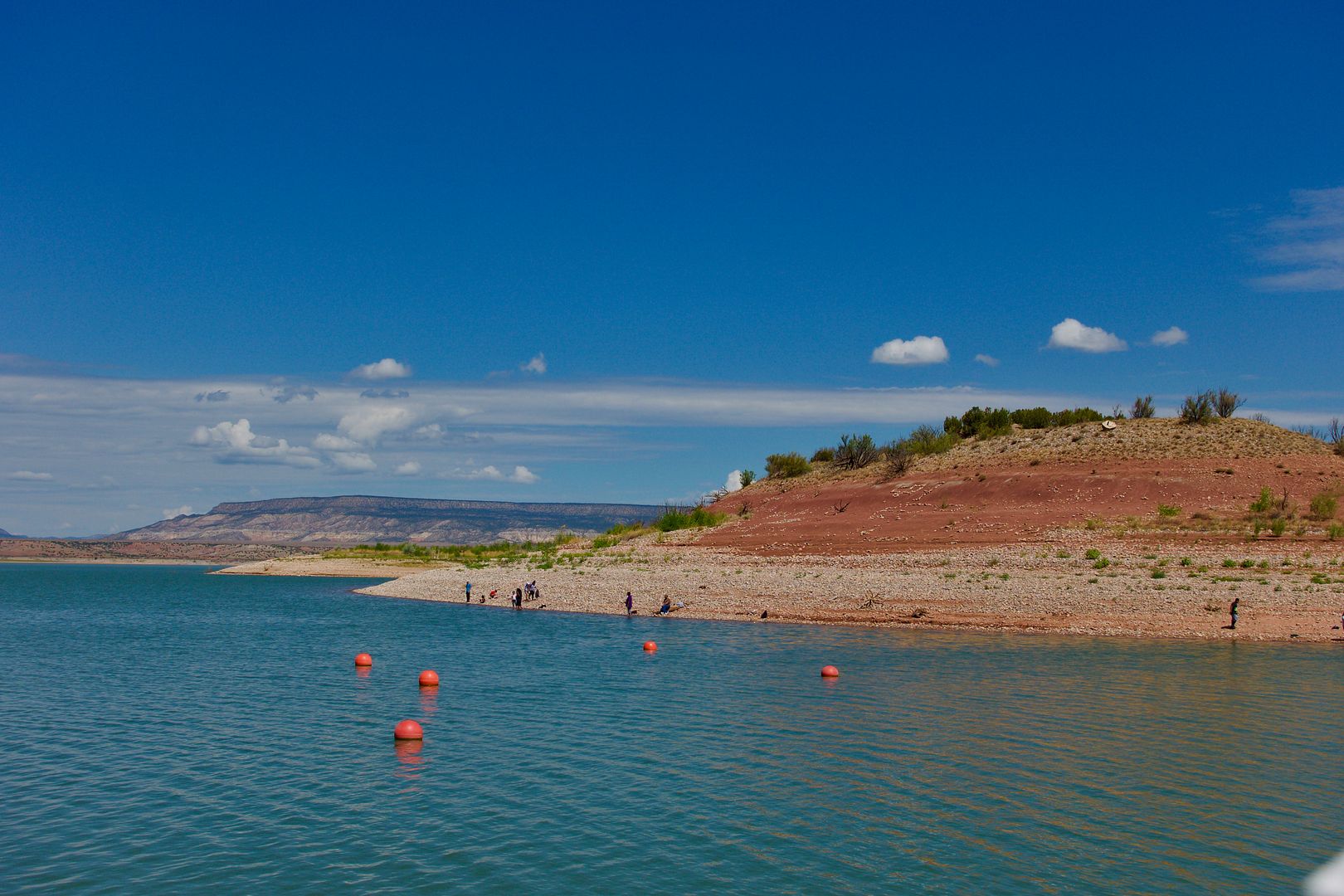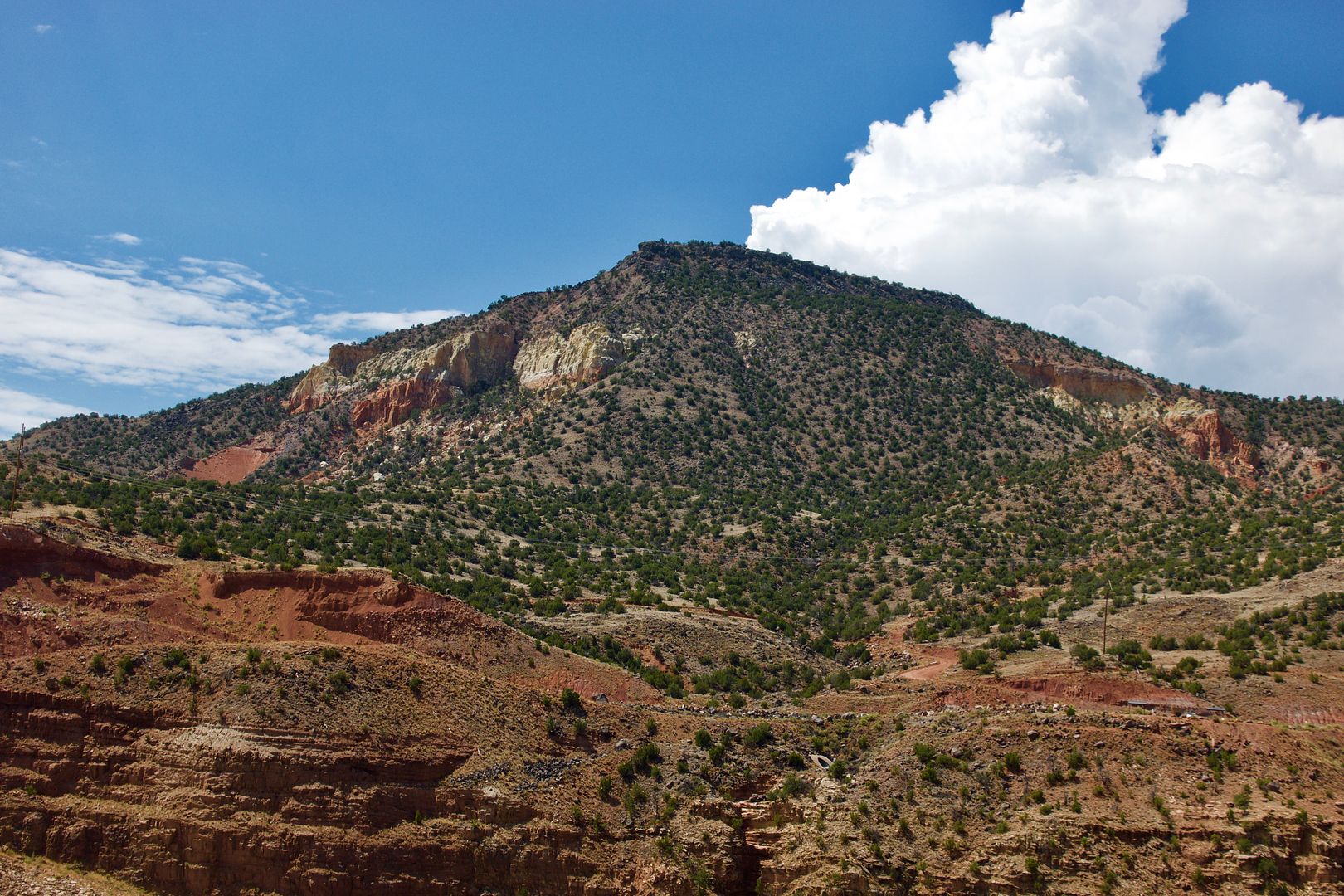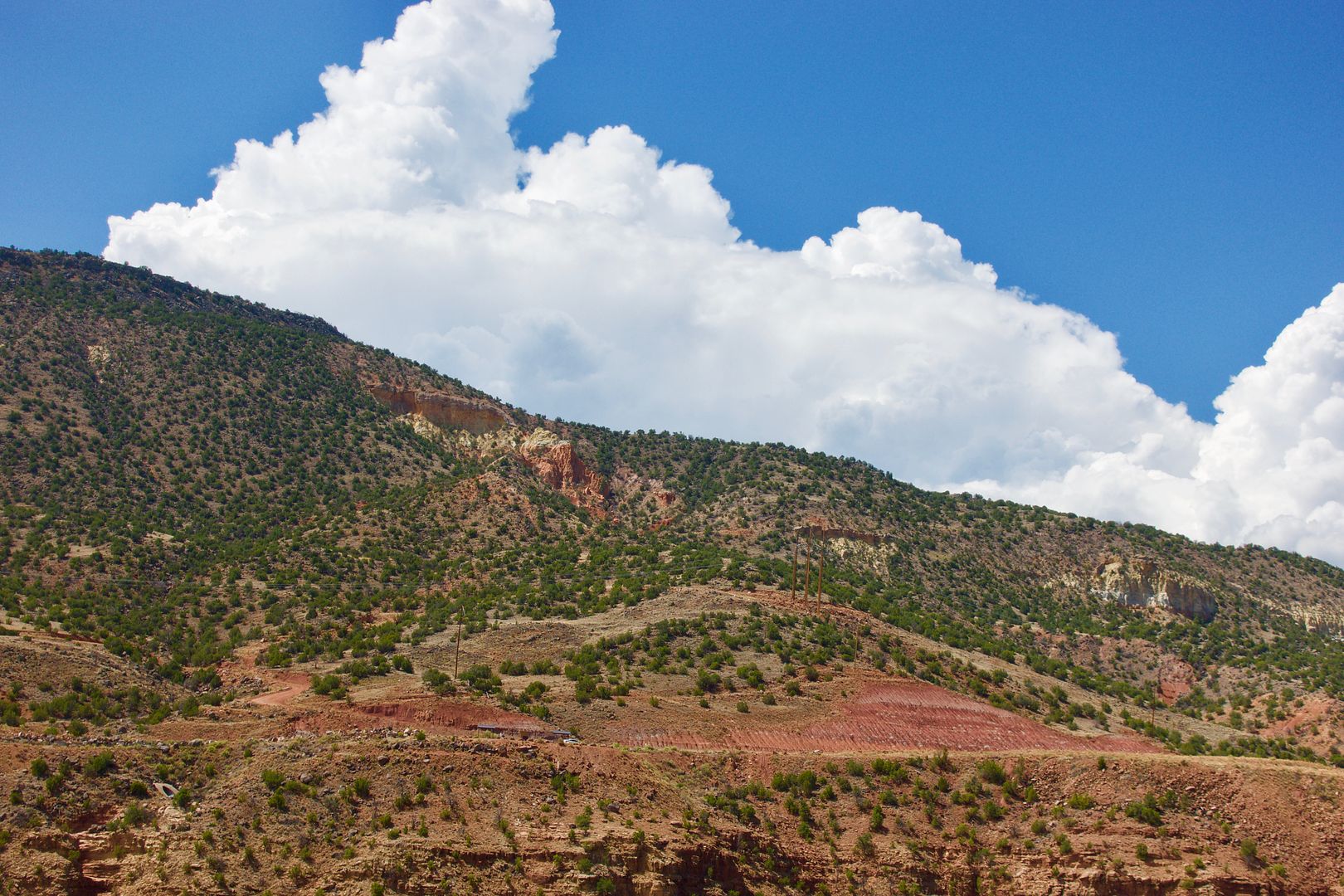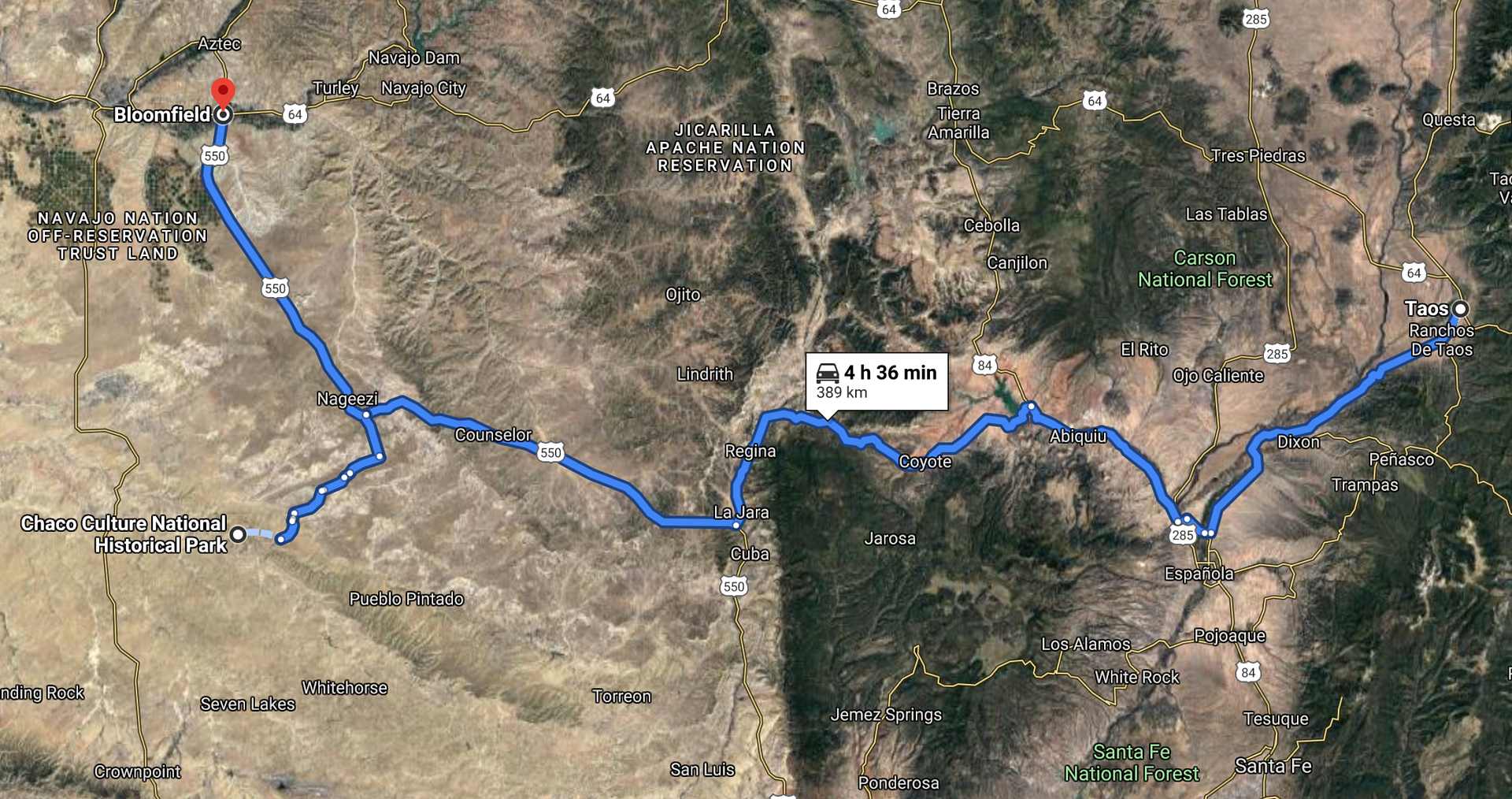Love Affair with Stieglitz
O’Keeffe mailed a few of her drawings to Anita Pollitzer, a friend and former classmate, who showed the work to Stieglitz, the influential art dealer. Taken by O'Keeffe's work, he and O'Keeffe began a correspondence and, unbeknownst to her, he exhibited 10 of her drawings at 291 in 1916. She confronted him about the exhibit but allowed him to continue to show the work. In 1917, he presented her first solo show. A year later, she moved to New York, and Stieglitz found a place for her to live and work. He also provided financial support for her to focus on her art. Realizing their deep connection, the artists fell in love and began an affair. Stieglitz and his wife divorced, and he and O'Keeffe married in 1924. They lived in New York City and spent their summers in Lake George, New York, where Stieglitz's family had a home.
Famous Artwork
As an artist, Stieglitz, who was 23 years older than O'Keeffe, found in her a muse, taking over 300 photographs of her, including both portraits and nudes. As an art dealer, he championed her work and promoted her career. She joined Stieglitz's circle of artist friends including Steichen, Charles Demuth, Marsden Hartley, Arthur Dove, John Marin and Paul Strand. Inspired by the vibrancy of the modern art movement, she began to experiment with perspective, painting larger-scale close-ups of flowers, the first of which was Petunia No. 2, which was exhibited in 1925, followed by works such as Black Iris (1926) and Oriental Poppies (1928). "If I could paint the flower exactly as I see it no one would see what I see because I would paint it small like the flower is small," O'Keeffe explained. "So I said to myself - I'll paint what I see - what the flower is to me but I'll paint it big and they will be surprised into taking time to look at it - I will make even busy New Yorkers take time to see what I see of flowers."
O'Keeffe also turned her artist's eye to New York City skyscrapers, the symbol of modernity, in paintings including City Night (1926), Shelton Hotel, New York No. 1 (1926) and Radiator Bldg—Night, New York (1927). Following numerous solo exhibitions, O'Keeffe had her first retrospective, Paintings by Georgia O’Keeffe, which opened at the Brooklyn Museum in 1927. By this time, she had become one of the most important and successful American artists, which was a major achievement for a female artist in the male-dominated art world. Her pioneering success would make her a feminist icon for later generations.
 Inspired by New Mexico
Inspired by New Mexico
In the summer of 1929, O'Keeffe found a new direction for her art when she made her first visit to northern New Mexico. The landscape, architecture and local Navajo culture inspired her, and she would return to New Mexico, which she called "the faraway," in the summers to paint. During this period, she produced iconic paintings including Black Cross, New Mexico (1929), Cow's Skull: Red, White and Blue (1931) and Ram’s Head, White Hollycock, Hills (1935), among other works.
In the 1940s, O’Keeffe’s work was celebrated in retrospectives at the Art Institute of Chicago (1943) and at the Museum of Modern Art (1946), which was the museum’s first retrospective of a female artist’s work.
O'Keeffe split her time between New York, living with Stieglitz, and painting in New Mexico. She was particularly inspired by Ghost Ranch, north of Abiquiú, and she decided to move into a house there in 1940. Five years later, O'Keeffe bought a second house in Abiquiú.
Back in New York, Stieglitz had begun to mentor Dorothy Norman, a young photographer who later helped manage his gallery, An American Place. The close relationship between Stieglitz and Norman eventually developed into an affair. In his later years, Stieglitz's health deteriorated and he suffered a fatal stroke on July 13, 1946, at the age of 82. O'Keeffe was with him when he died and was the executor of his estate.
Three years after Stieglitz's death, O'Keeffe moved to New Mexico in 1949, the same year she was elected to the National Institute of Arts and Letters. In the 1950s and 1960s, O'Keeffe spent much of her time traveling the world, finding new inspirations from the places she visited. Among her new work was a series depicting aerial views of clouds as is seen in Sky above Clouds, IV (1965). In 1970, a retrospective of her work at the Whitney Museum of American Art in New York City renewed her popularity, especially among members of the feminist art movement.


